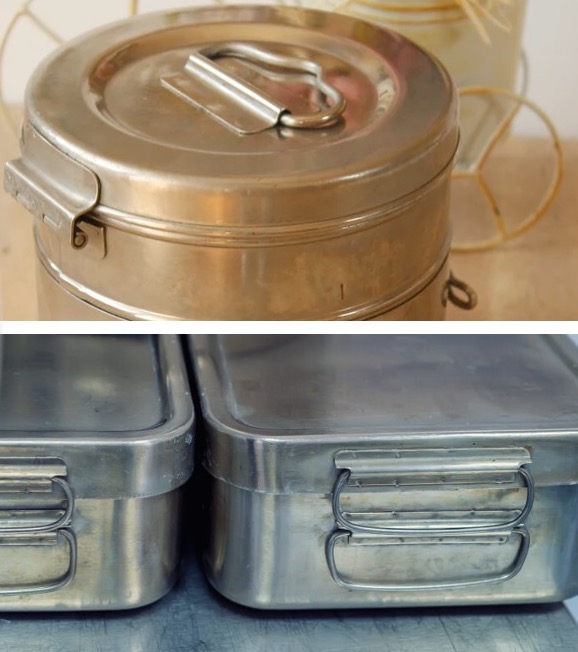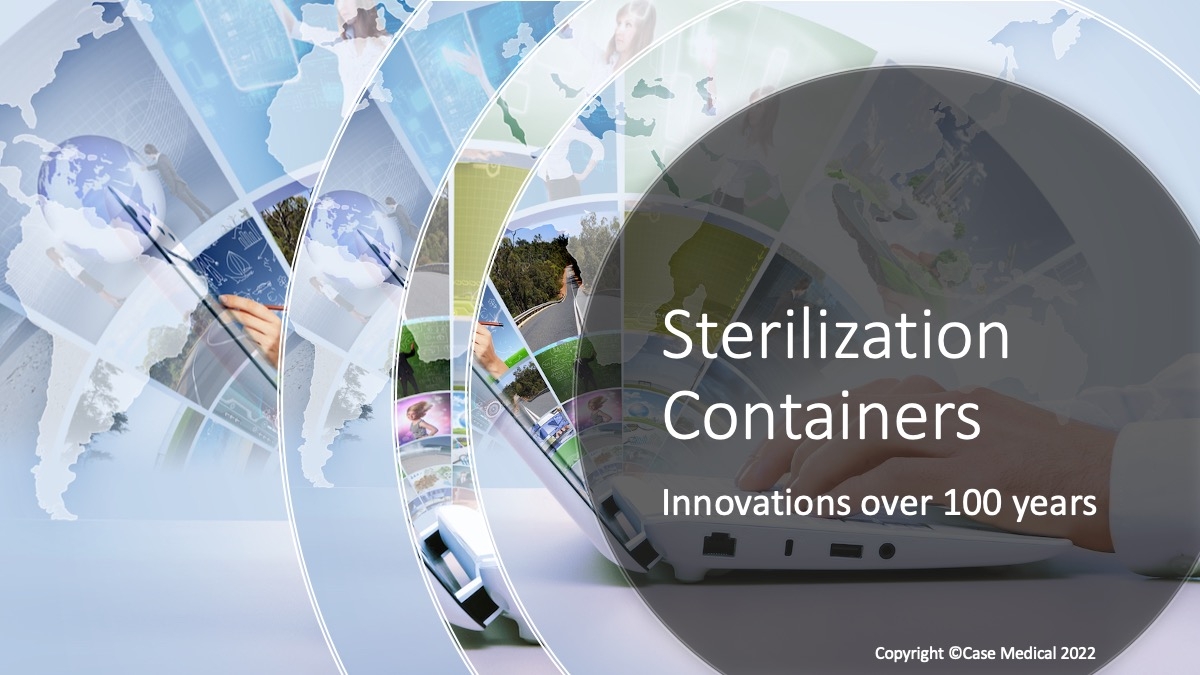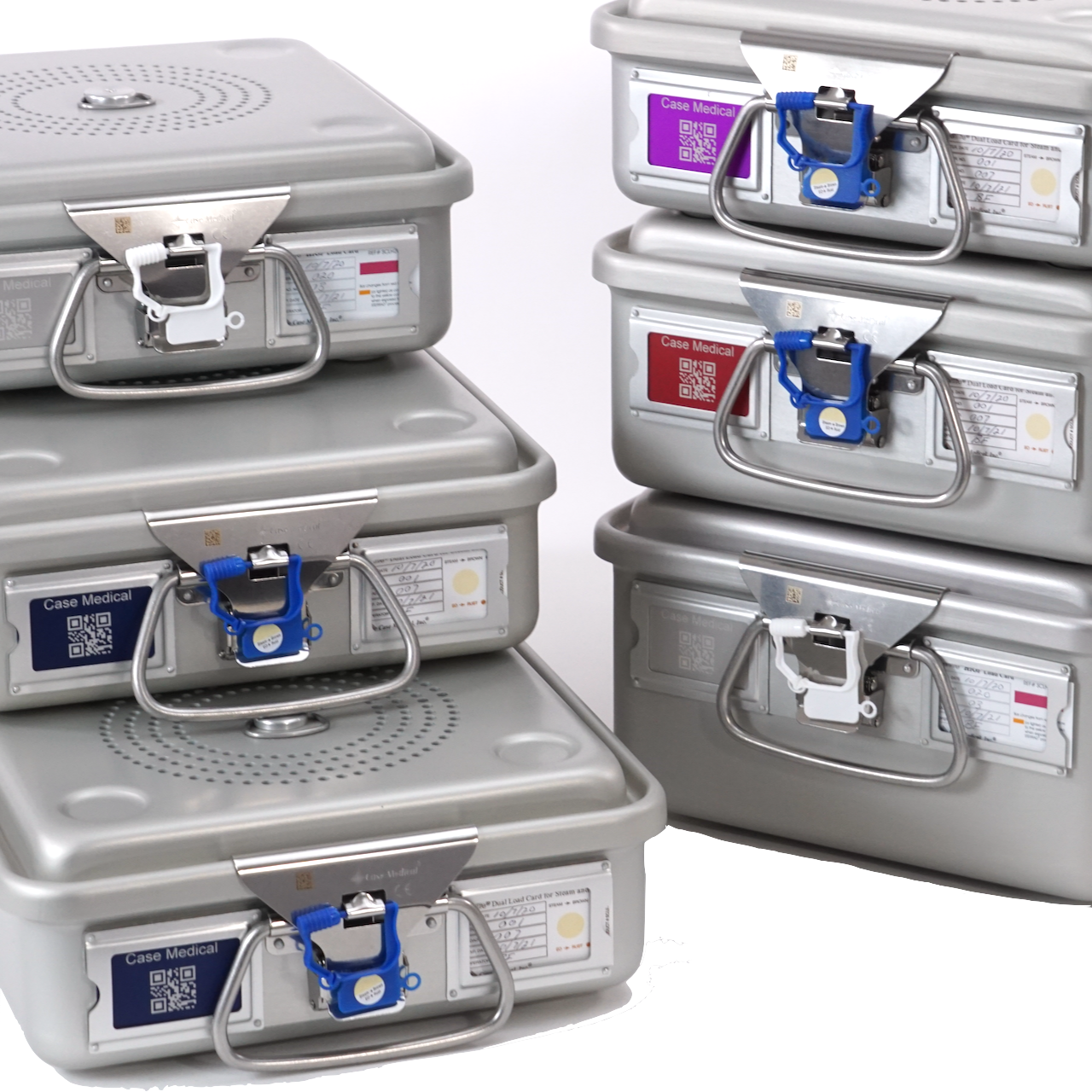
Rigid sterilization containers were first introduced in the USA in the early 1980s, but developed much earlier in different forms than we see today. Since then, new technologies entered the marketplace in the form of new devices and new sterilization modalities. Some of these advances present new sterilization challenges that were not considered earlier. With that being said, knowledge and caution need to be applied to integrate new devices and materials with any rigid reusable container. Not all containers are created equal…
Sterilization containers are rigid reusable containment devices, usually made of aluminum with stainless steel hardware and an inner basket or tray to secure the contents. Sterilization containers are both durable and cost-effective, can aid in set organization, and they can protect medical devices and instruments during transport and handling.
Not All Containers are Created Equal
Look Before You Leap
Don't miss out on a timely educational event
Learning more about container systems and their intended use requires information, knowledge and education. Join us and the NYC HSPA chapter online Saturday morning for education, continuing education credits, and up to date information on how containers have evolved. Marcia will be the second speaker during this educational event, discussing what she knows best, sterilization containers.
Please register for Saturday's Educational Event
Simply click on the invitation
Visit us at www.casemed.com to learn more about our products and how they can help your facility lighten its impact on the environment for the good of us all.
Marcia Frieze and the Case Medical team








